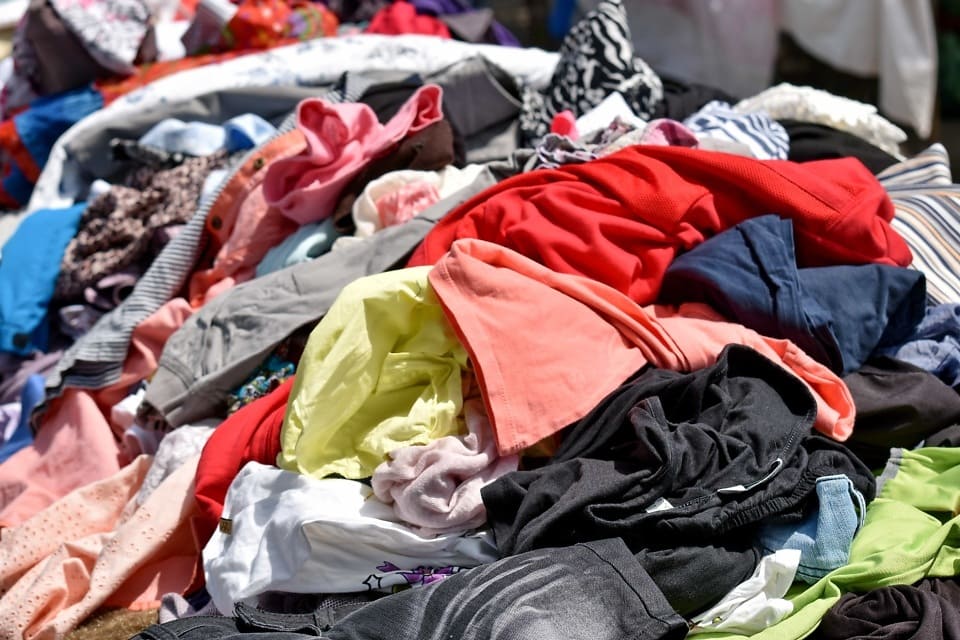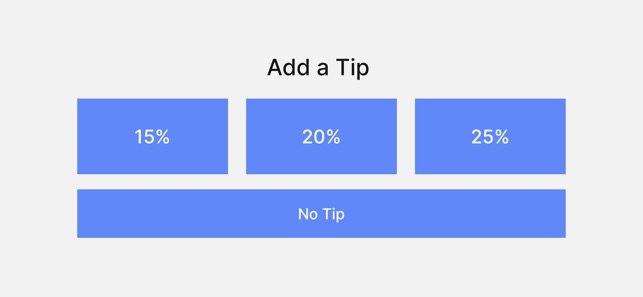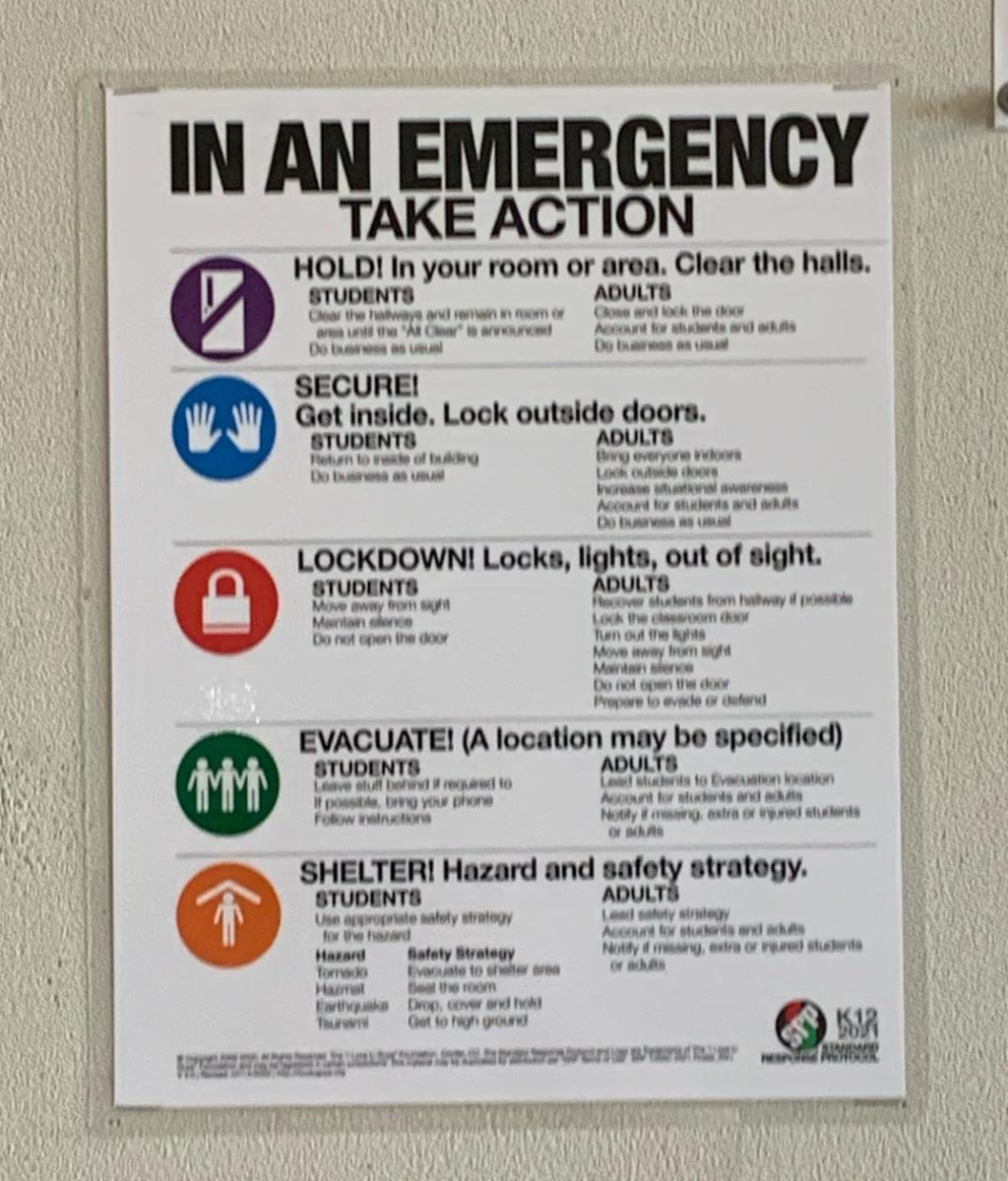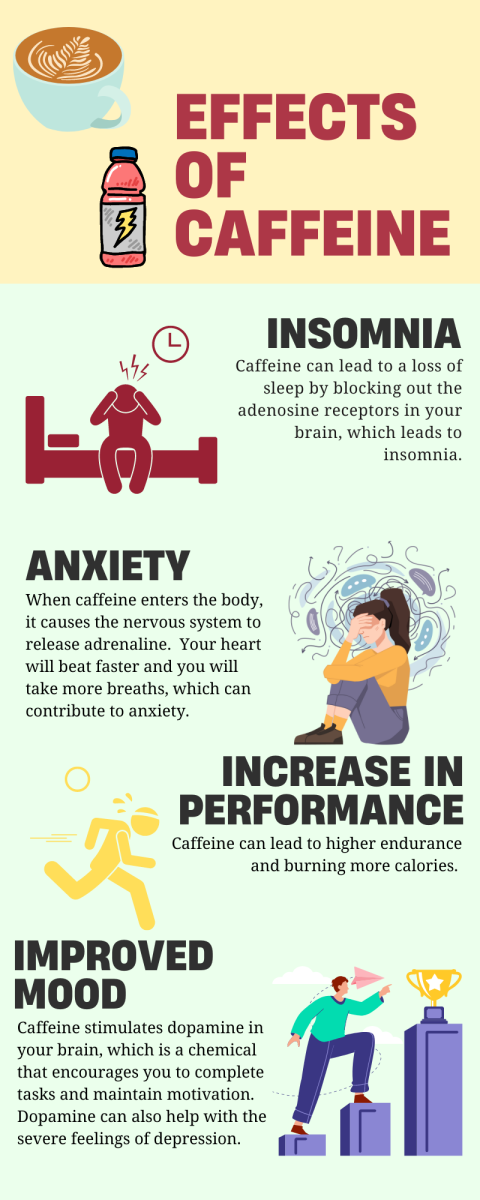For centuries, higher learning has dominated society’s thoughts, seen as the one surefire way to gain financial freedom and live a meaningful life. However, freedom is the last word that most would use to describe the state of higher education today.
For many families, higher education is essential and planning starts early in their children’s lives. Many students start to plan well before the doorway opens as well. Some students wish to go to the university they’ve rooted for throughout their life or their family’s alma mater. Another great portion of college hopefuls seek to escape their normal, venturing outside the nest to a brand new place to reinvent themselves. Often, however, they are met with a harsh reality.
College is too expensive, and the cost is only going up. The same education that drew in the post-WWII world as a low-cost option to drive future success has become completely inaccessible for some families. According to the Education Data Initiative, the average cost of college tuition & fees at public four-year institutions has risen 179.2% over the last 20 years for an average annual increase of 9.0%. This price increase, which has outpaced inflation, has put immense stress on all parents and students tasked with paying for their education.
The portion of students that seek to leave their home state have an even more difficult time finding an economically sustainable solution to their problem. According to the Education Data Initiative, in the United States, public four-year undergraduate degrees have an average out-of-state tuition of $26,382 vs. $9,212 for the same degree in-state. This price discrepancy is due to out-of-state families not having paid taxes toward the state’s schools. Often, this costly issue leads to students giving up on their dreams of attending a school outside of their state, and ultimately limiting their potential.
For many families with students seeking to study at a prestigious institution, college is simply not affordable. Per CNN Business, the average price of a year of tuition at a private college is just under $40,000. That number does not include any other living costs or fees such as books that students are expected to pay. It is not uncommon for families to pay over $200,000 to send a child to college.
According to Business Insider, the average family has $62,410 in savings. This leaves much funding to be desired by families to support their kids in college. Financial aid from the government is available to students by way of the FAFSA, but often the amount provided by the first come-first serve system is not enough to offset the cost.
This problem has caused a widespread student loan crisis in America. Fifty-four percent of undergraduates leave college with debt. This has caused issues for the economy, as new graduates have been forced to gain financial footing before entering the field their degree relates to.
The truth is, higher education is an industry. An $800+ billion dollar one according to IBISWorld.
While public, land grant universities may not be considered “for-profit” entities, they still manage to pay coaches, athletic directors, administrators, and more millions of dollars in salary. Tuition is also often spent on athletic and campus facility projects that are entirely unnecessary.
All of these problems leave people in peril, with more graduates than ever struggling to make ends meet. College is simply too expensive for the average student, and unless universities make it a point to put their students first, the cost for education will only increase. If college is truly meant to set its attendees up for success, learning institutions and the government must put the people they serve first.








